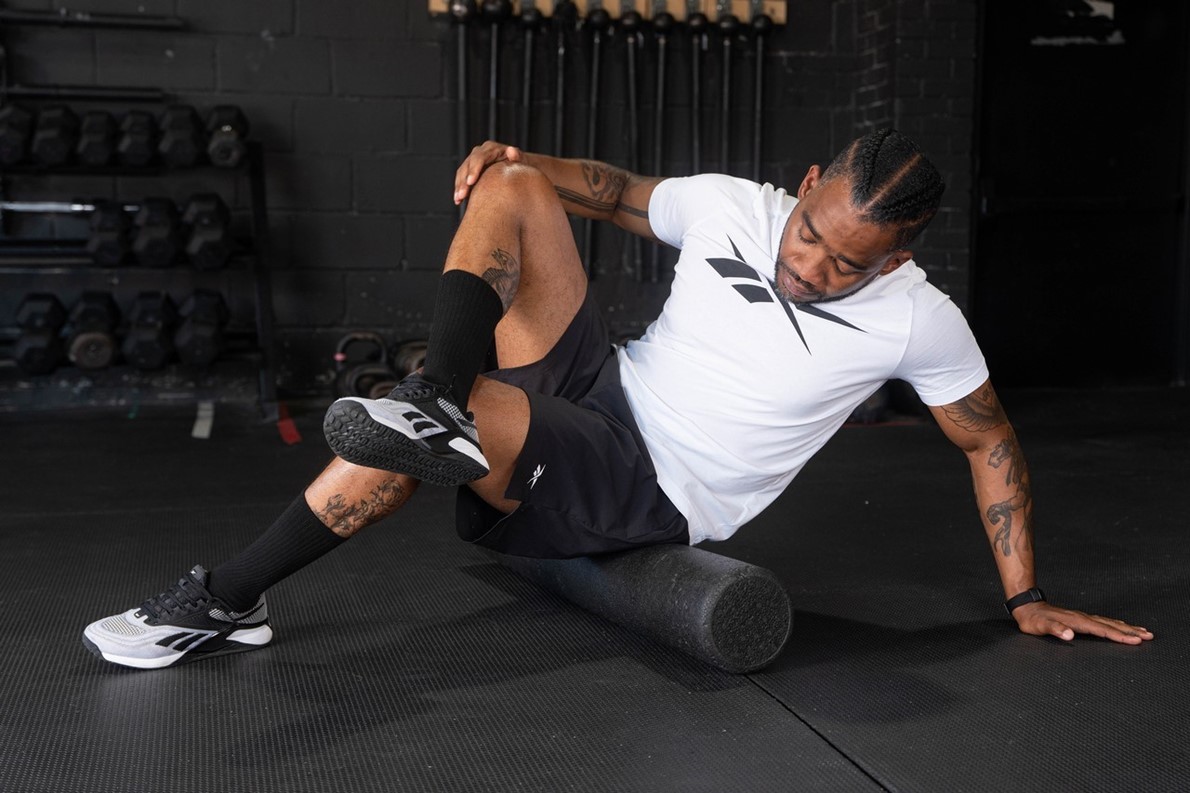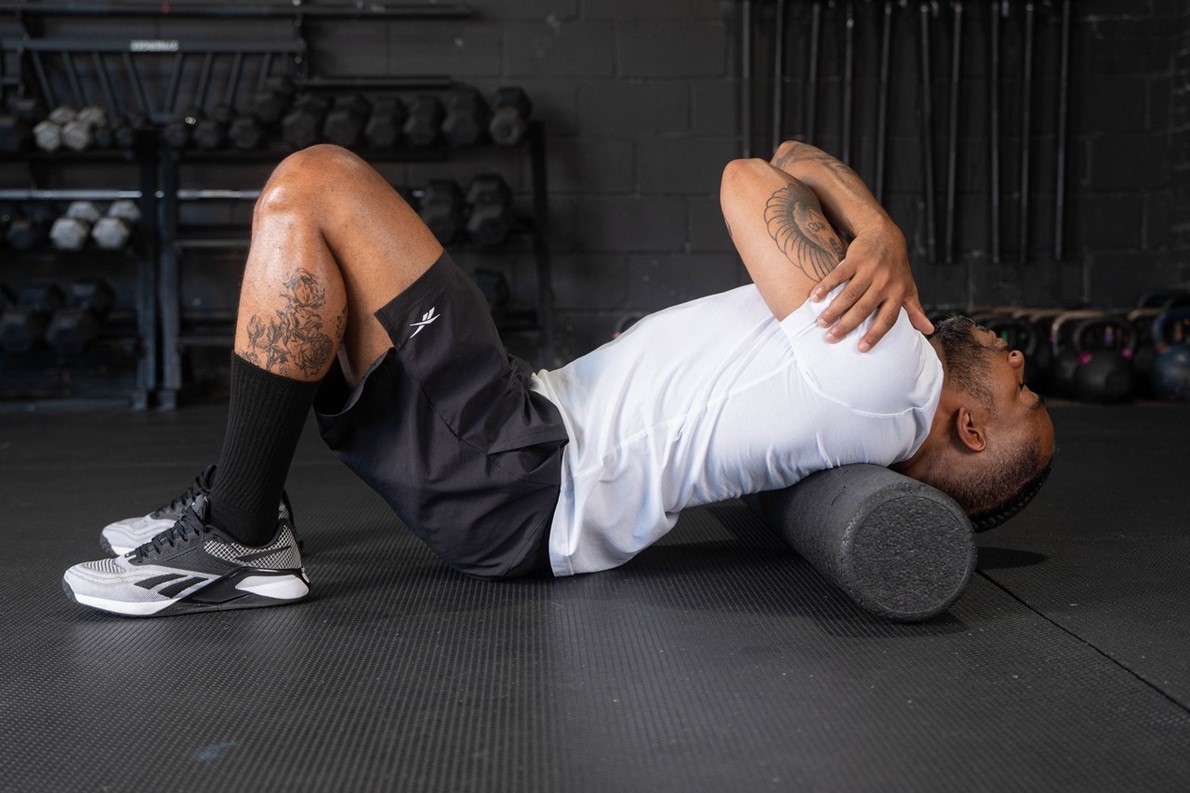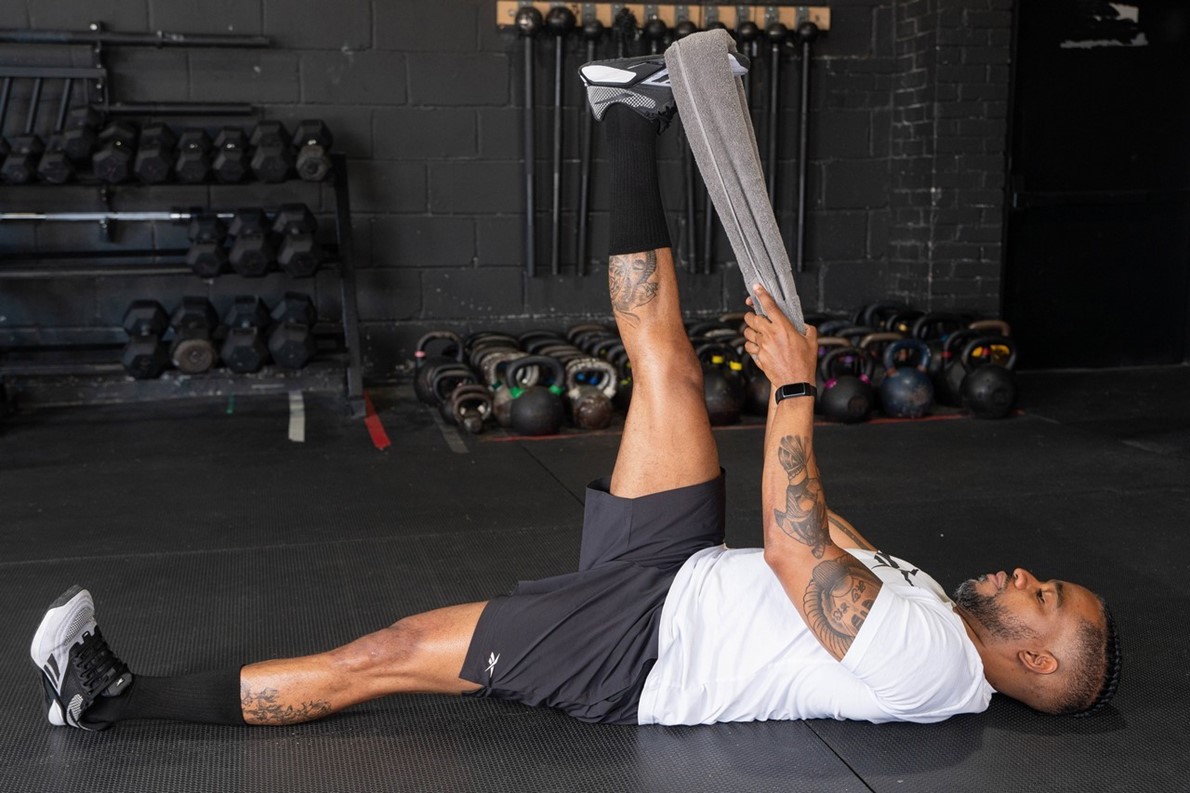Like many
people working from home during the
pandemic, Veronika Javor, 39, swapped a
supportive desk chair in her office for a soft sofa chair in her living room.
It was comfortable at first, but the new seat soon took a toll, as Javor, a
Houston-based content creator, developed a sharp, radiating pain in her left buttock.
She tried to ignore it, but after a particularly tough glute-focused Pilates
workout, the discomfort became unbearable.
اضافة اعلان
“I woke up with
pain every single morning, and eventually, it hurt so much I was afraid to work
out at all,” Javor said.
Her physical
therapist said the problem was tightness in her glutes and suggested she roll
her leg over a foam
cylinder three times daily to release the tension. After a
month following the rolling plan, she began to hurt less and could exercise
more.
Muscle tension,
whether the result of sitting all day or a tough workout, can make it hard to
move the way you want to. An hour on the massage table might ease pain and
improve performance, but some experts say you can get similar benefits from a
foam roller at home. Research supporting the practice is still building, and
some scientists are skeptical of it, but there are a few things you need to
know if you are going to try it.
The case for foam
rolling
Each muscle in your body is held in place by layers of connective tissue
called fascia. According to Cedric X. Bryant, president and chief science
officer at the American Council on Exercise, both exercise and inactivity can
cause this tissue to become stiff or dense, generating tension throughout a
muscle or tightness in a more localized area — a so-called trigger point or
knot — and restricting flexibility and range of motion.

When stiff or
misaligned fascia prevent muscles and joints from moving effectively, exercise
can be uncomfortable and risky. “If you can’t move your shoulder because your
joints or muscles are tight, you’ll usually end up with an injury when you try
to strengthen it,” said Theresa Marko, a physical therapist based in
New York City and an adjunct professor at Stony Brook University.
In theory, rolling
a muscle over a stiff, cylindrical piece of foam does something similar to
massage. “Much like massage, foam rolling uses friction to release tension and
realign the fascia,” said Bryant.
One recent
systematic review of 49 studies concluded that foam rolling for 90 seconds to
two minutes at a time often reduced muscle stiffness and increased range of
motion, or the ability of joints to move. Other small studies have found foam
rolling can also improve flexibility, or the ability of soft tissues to elongate,
at least in the short term. Longer-term studies have found that rolling the
hamstrings three times per week for four weeks also improved flexibility.

Adding a foam
roller to your cool-down may also prevent or lessen post-workout soreness by
promoting blood flow. A 2014 study suggested foam rolling after strength
training attenuated muscle soreness while improving exercise performance,
measured through vertical jump height and range of motion.
The case against foam
rolling
Not everyone is sold on foam rolling, though. Dr Elizabeth Gardner, an
associate professor of orthopedics at Yale School of Medicine, said the people
she treats often put too much faith in it.
“Oh foam rollers —
how my athletes love thee!” she wrote in an email. “But unfortunately, their
obsession with foam rolling is unfounded scientifically.”
She said most
studies backing foam rolling are small, and they often use different methods
from each other, making it hard to tell why they work.

Bryant admitted
that there aren’t enough large, well-designed studies to confirm the practice’s
effectiveness. One 2015 meta-analysis of 14 articles concluded that while foam
rolling seems to improve movement and reduce muscle soreness, there’s no
agreed-upon way to do it.
Foam rollers can
also cause injuries in some people. People with arthritis can damage their
joints, for example, and rolling on an injury, whether a broken bone or torn
muscle, could exacerbate it. People with mobility issues or anyone who can’t
control their body weight on the ground should use caution, too, or ask a
physical therapist for a safer alternative.
Getting on a roll
If you do decide to try foam rolling, Dr Michael Fredericson, professor of
sports medicine at the Stanford School of Medicine, suggested a stiff roller.
You can also find some with textured ridges and lumps, which Bryant said may
relieve deeper muscle tension.
Jean-Michel
Brismée, a physical therapist and a director at the International Academy of
Orthopedic Medicine, recommends beginning with lighter pressure, not putting
too much of your body weight onto the roller. A minute or two is generally
enough time, but you can start with less.

Here are five foam
rolling exercises to try at home before or after a workout. If you’re unsure
whether foam rolling is safe for you, talk to your physical therapist or
primary care provider.
Glute roll: Sitting
for long periods can tighten your glutes, as can exercises like dead lifts,
squats, and lunges. Lay a foam roller on the floor and sit it on it
horizontally. With your knees bent or out straight (or one leg bent and one
straight), press your feet into the floor and roll back and forth on the
buttocks until you find tender spots. Lean to one side as you roll to avoid
hitting your tailbone. If that feels too intense, try lying in your bed in the
same position and slipping a tennis ball under the trigger point.
Shoulder blade
roll:
Dumbbell presses, pushups, and rowing can result in tension around the
shoulder blades. To relieve the tension, lie on the floor with the foam roller
perpendicular to your spine and roll on the muscles around your shoulder
blades. It may feel good to hug yourself or to open up your arms in the
process.
Hamstring roll:
Your hamstrings, which start at your hip and connect to the knee, can become
tight after a leg workout. Lying on your back, lift one leg at a time as high
as you can, using a towel around your foot to create resistance. Pull on the
towel to stretch your hamstrings before rolling.
Then, in a sitting
position with your legs straight, put the roller beneath the back of your
thighs. Roll back and forth all the way up and down your hamstrings. If you
notice smaller areas of tightness, linger there. Afterward, you should be able
to stretch more deeply.
Mid-back foam roll:
Rolling your mid-back may bring relief after working on a computer or doing
upper body workouts like pushups or pullups. Place the roller under your back,
parallel with your spine, then gently roll side to side on the muscles
surrounding your spine. Roll each side of the spine separately and avoid
rolling the bones themselves. Bear in mind that rolling could flare up acute
injuries or chronic back conditions if you have them.
Neck mobility
exercise: Too much time hunched over a desk can strain the muscles that hold up
your head, resulting in headaches. Marko said that using a foam roller as a
mobility tool can elongate your cervical spine and promote relaxation and
flexibility of the surrounding muscles, and pressing gently on the foam roller
can relieve trigger points.
Lie on the floor with the foam roller behind your neck,
parallel with the base of your skull. Keep your knees bent with your butt and
feet on the floor, and slowly turn your head gently left and right.
Alternatively, keep your head still and try gently rocking your knees back and
forth, creating traction with your lower body. Avoid this exercise if you have
any preexisting neck pain or nerve problems, because you could press on the
nerves and make the problem worse.
Read more Health
Jordan News



